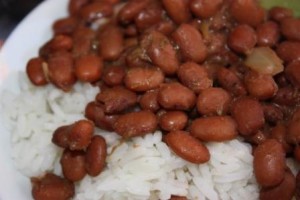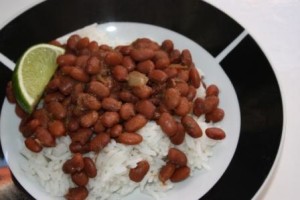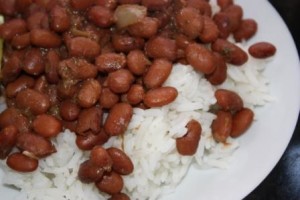 Remember when the Internet was an incredibly scary place? When people would warn about being too visible and you felt as though you had to sneak around for fear that it was a world full of only the weird and unstable.
Remember when the Internet was an incredibly scary place? When people would warn about being too visible and you felt as though you had to sneak around for fear that it was a world full of only the weird and unstable.
I’m so glad those days are gone! I mean, you still have to be careful, but the world of blogging, travel and food has been a wonderful thing. From the day I started my ex-pat blog, which expanded to this blog, I began meeting people; friendly, real people.
For the last few days I’ve been taking advantage of one of those connections I’ve made. Someone who reads my ex-pat blog invited to me to visit Belo Horizonte and Ouro Preto in Minas Gerais, Brazil. Not only did I get to meet her and her family, I also got to meet another ex-pat family living there.
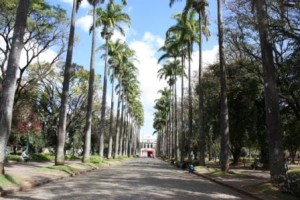
It was a wonderful trip filled with lots of history, a part of this country that I was sorely lacking. This included a history of both food and some things related to cooking. It was such a great experience to try some new foods, and some of the foods I’m familiar with prepared in a different way.
I thought I’d first share with you some of the best meals I had highlighting those things that are specific to that area of the country. In my next post I’ll expand to some of the food and cooking related goodies I got including those from the central market.
Before my trip everyone kept telling me that Minas food is very different. Looking back, I wouldn’t say it is very different because many of the same ingredients are used here. However, there were some dishes that I was able to taste for the first time, some of which I’ve never seen on the menus in Maringá, or at least I didn’t know them well enough to order them and they aren’t that visible on the tables around us.
While I was in Belo Horizonte we took a trip to Ouro Preto, a city I’ve been interested in since seeing a documentary on it before our move. It is only about 1.5 hours away so a great option for a day trip.
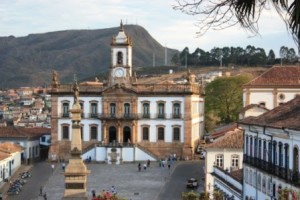
This place holds much of the history of the country and if you travel to Brazil I’d highly recommend making your way there. Yes, I’d even suggest skipping a few days at the beach for it. It was simply amazing with cobblestone streets, village-like architecture, historic museums and churches filled with ornamental gold-leaf. It reminded me a lot of Prague and it is where much of the gold mining was done for that which was then sent to the Portuguese Crown.
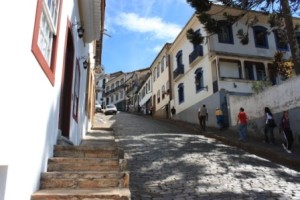
While I learned about the history, I’m not the best at creating the written word to capture it for an interesting story. If you want to learn more, head over to the Salty Cod. Mallory recently visited and has an extensive post about the history of the city and some amazing photographs.
It was in Ouro Preto that I got to try food that is specific to Minas Gerais. I was interested to learn from Emily, one of the U.S. ex-pats I visited there, that the food is very similar to that which we find in the southern U.S. It makes sense due to both areas having a strong African influence.
For lunch we went to Chafariz, a somewhat touristy spot which specialized in Minas cuisine. When I use the word touristy I mean that to say that a lot of Brazilian tourists eat there and you can find it mentioned on travel guides like Frommer’s. I don’t mean it to say it has been altered to be appealing to a variety of tastes like many touristy establishments. This is the authentic version for sure.
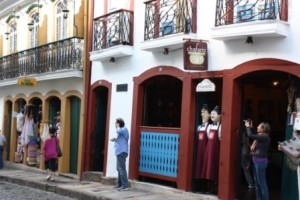

We started with a small shot of local cachaça that came with the meal. You know I’m not a huge fan of it, but this variety was actually pretty good. It was followed by Caldo Verde a soup found in both Portuguese and Brazilian cuisine. It has a thick broth and is filled with couve (collard greens), potatoes (usually mashed into the broth) and pork or pork sausage. It was also served in soap stone bowls which I will explain more about in my next post.
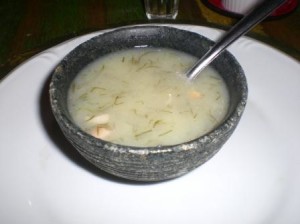
I have had this soup before and the one we had at Chafariz was one of the best I’ve tried. I have attempted to make it before, but I can’t get it quite right. You can check out this recipe from Pink Bites if you are interested in trying it yourself.
My goal was to try everything new to me, or that was prepared in a way I was unfamiliar with. Well, except for rice and farofa. A Brazilian meal just wouldn’t be complete without those. I did pretty well on the first plate, but I did have to go back for a tiny follow up to get it all in.
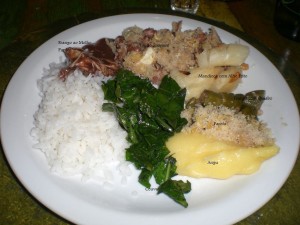
The first thing that caught my attention when the cuisine was being explained to me was Frango ao Molho Pardo (chicken in brown sauce which is actually blood sauce). This was very good, kind of like a beef stew with chicken. I have to admit the thought of the blood does bother my mind-to-stomach system after I think about it for a while, but I wanted to try it out and I’m glad I did.
I’d read about Frango com Quiabo (chicken with okra) after we first moved and while I’ve seen okra on some occasions at the market, this dish doesn’t stand out in Maringá. I was looking forward to the opportunity to try it. The way the okra is cooked makes it tender, but allows it to maintain a slightly firm texture without being mushy and the seasonings are outstanding. By far the best way I’ve had okra.
Feijão Tropeiro was a combination of beans, farofa, fried egg, garlic, onion, bacon and sometimes sausage though I’m not sure I got a piece of that in my taste. Each ingredient is cooked separately and then combined so each holds its own shape and texture. No mushy stuff here. I loved this. It was my kind of all-in-one dish. It is often equated to trail food or cowboy food. Just to pass on the history lesson I received the tropeiro was used to take the gold from Ouro Preto into other areas of Minas Gerais and the whole process was executed through the use of donkeys and mules.
The other things on my plate included angu (polenta, more of a cornmeal mush) and couve which was sautéed with garlic. I really like the couve this way because it changes the bitterness compared to the fresh couve often served and gives it a more complex flavor. I’m not a big fan of the polenta because it is cooked in such a way that it is more of a sticky paste. Then I couldn’t pass up the steamed mandioca com alho frito (fried garlic) because I love the flavor of the fried garlic.
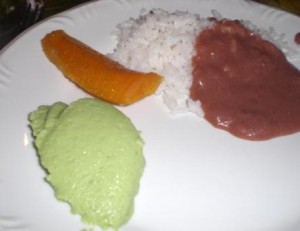
My second trip I got very little because I just to try out what I missed the first time. The bean paste is Tutu à Mineira which is similar to refried beans and has been mixed with mandioca flour. It has a sticky, pasty taste similar to the polenta. The interesting green fluff is Mousse de Pepino (cucumber). I’ve never had anything quite like this before. It had that refreshing taste that you’d expect from a cucumber and a slightly grainy texture. It was a unique flavor, but for me, only good in small doses. I rounded out the plate with a slice of cooked banana.
The doces (sweets) in Minas are similar to what we have here, but they are often served in a more liquid, scoop-able from. Therefore, you will find bowls full of doce de leite, cocada (coconut with sweetened condensed milk), candied fruits like the fig I have there (the green stuff) and they also serve the goiaba (guava fruit) in a candied jam form or in a solid form with a gritty texture. This variety is also served with local cheese. Of course, there is little I can fault with the sweets.
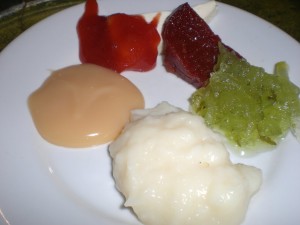
The meal was followed up with a cafezinho (strong, dark coffee) and a small taste of local Jabuticaba liqueur.


I don’t think I’ve talked about Jabuticaba before. It is a small, dark purple fruit, a little larger than a concord grape. The outside skin is smooth and shiny, inside is a white, opaque pulp with a fairly large seed. Its textures are very similar to a wine grape, but the flavor is simply sweet. It isn’t distinct to me, just sugary sweet and the liqueur was the same way. We can buy it (and grow it) here, but I don’t even think I’ve taken the chance to get a picture of it. Hopefully the Wikipedia page will help.
Well, it looks like my two-part post will turn into a three-part post. I have another meal to describe in addition to my fun finds at the central market, but I think you’ve likely had your fill for a day. Obviously it was a very food-focused trip! Aren’t they all?!
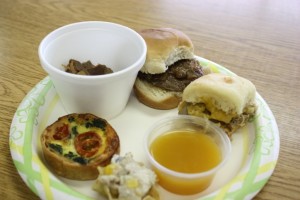
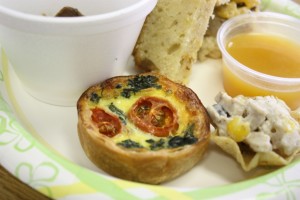
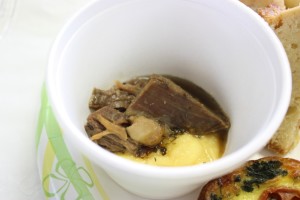

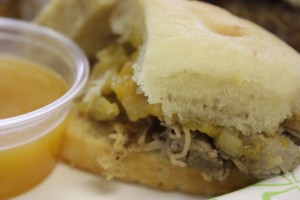
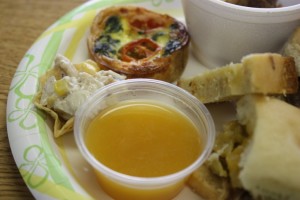
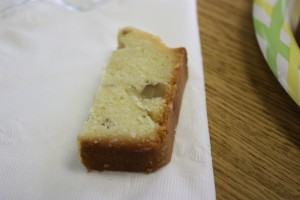




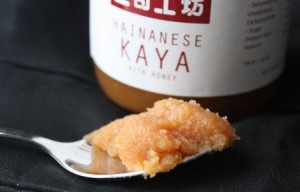
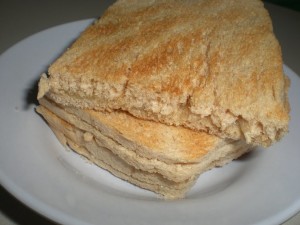
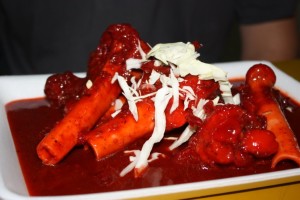
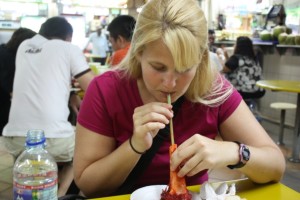
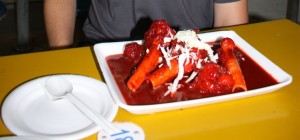

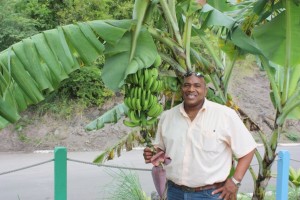
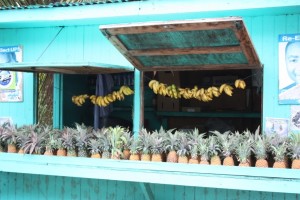
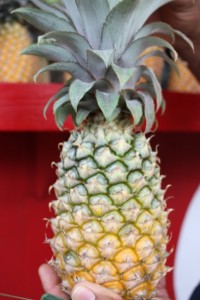 As you can see the pineapple isn’t black at all. It is small in size with a dark, golden skin when ripe. The owner of the stand we stopped at prides herself on only selling the Antiguan Black Pineapple. We got a plate of the pineapple and some finger bananas (as they were being called). The bananas were much like the banana maça we used to get in Brazil, but I’m not sure that they are the exact same variety. What a plate of nature’s goodness!
As you can see the pineapple isn’t black at all. It is small in size with a dark, golden skin when ripe. The owner of the stand we stopped at prides herself on only selling the Antiguan Black Pineapple. We got a plate of the pineapple and some finger bananas (as they were being called). The bananas were much like the banana maça we used to get in Brazil, but I’m not sure that they are the exact same variety. What a plate of nature’s goodness!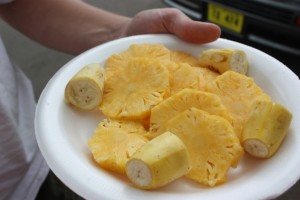
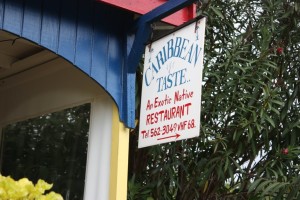
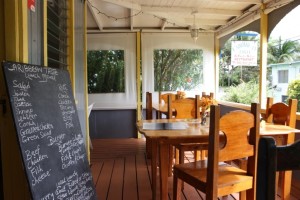
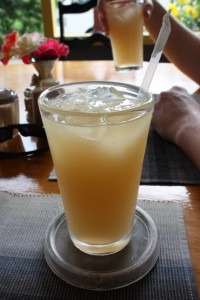
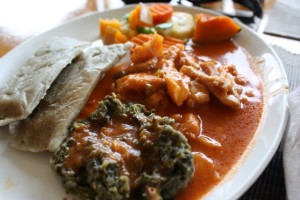
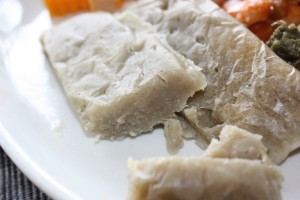
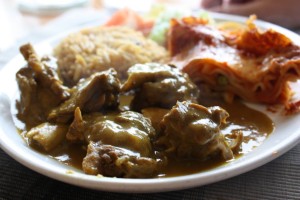
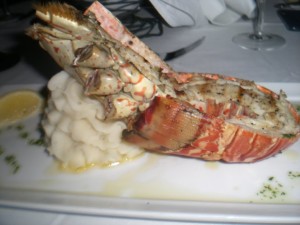
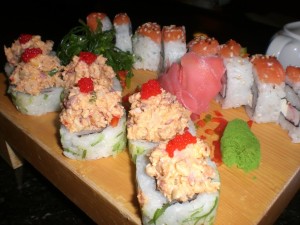
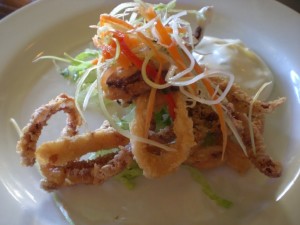
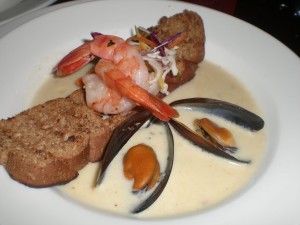
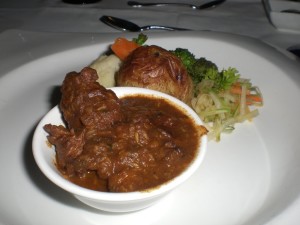
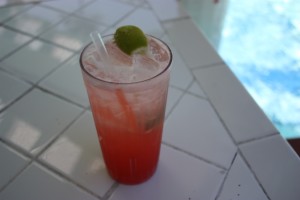
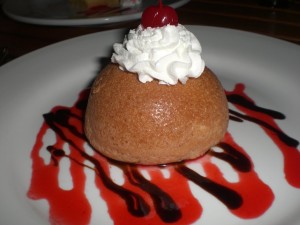
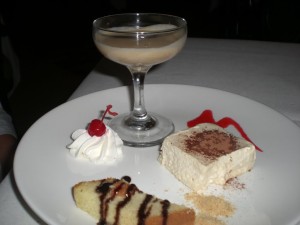


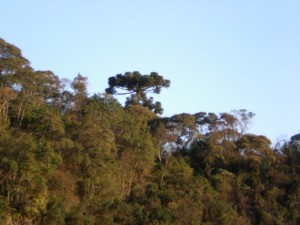
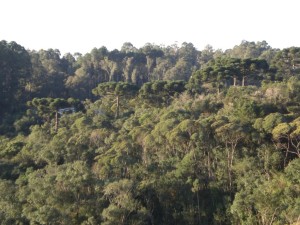
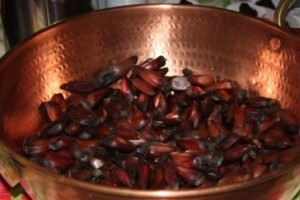
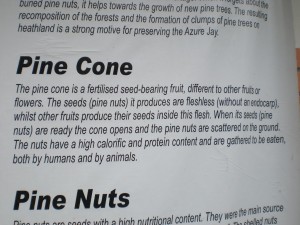
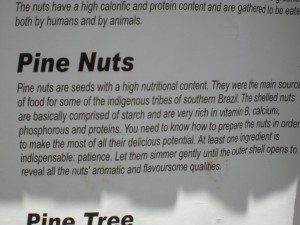
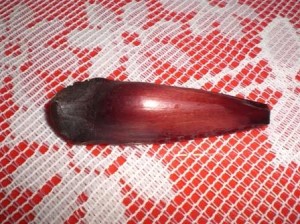
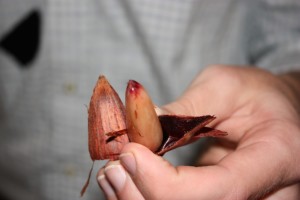












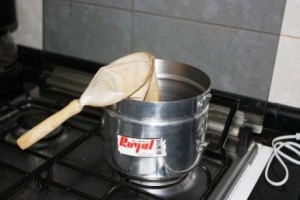
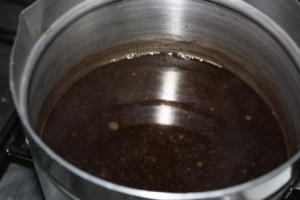


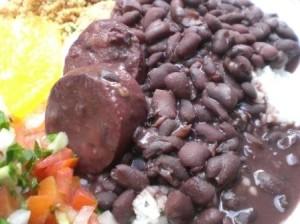
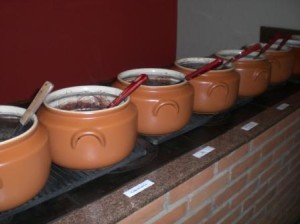
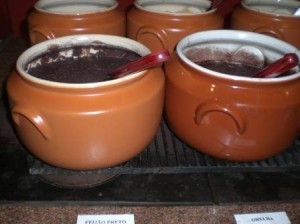
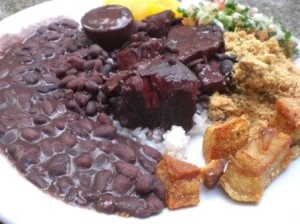
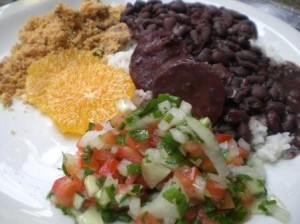
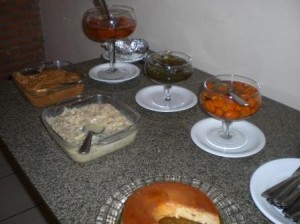
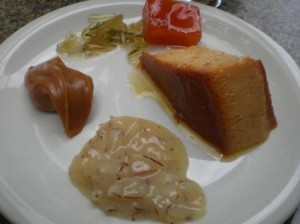
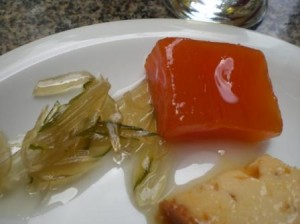
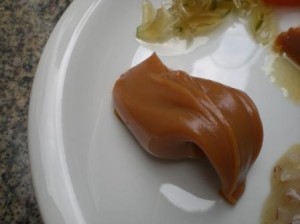
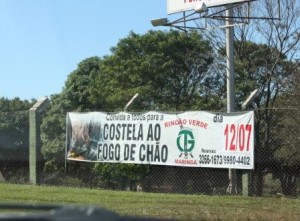
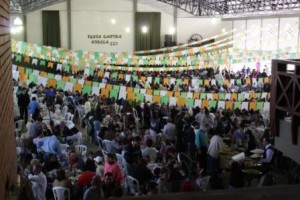
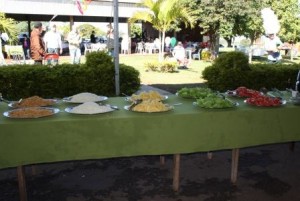
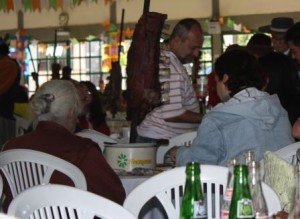
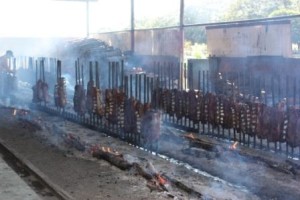
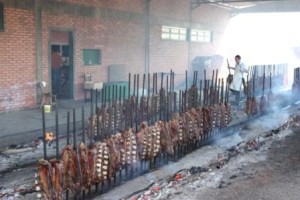
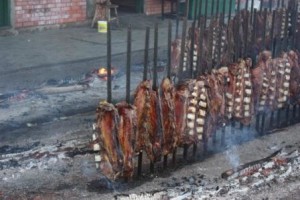
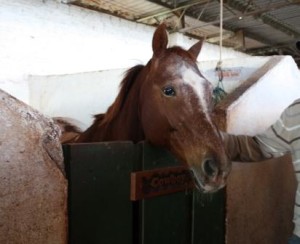 Hanna was my favorite; a sweet girl with her head out of the stall welcoming anyone who passed by to give her a scratch. I couldn’t help but laugh when two young boys walked up to give her hay and started calling her Hannah Montana. Apparently she is popular here too.
Hanna was my favorite; a sweet girl with her head out of the stall welcoming anyone who passed by to give her a scratch. I couldn’t help but laugh when two young boys walked up to give her hay and started calling her Hannah Montana. Apparently she is popular here too.
